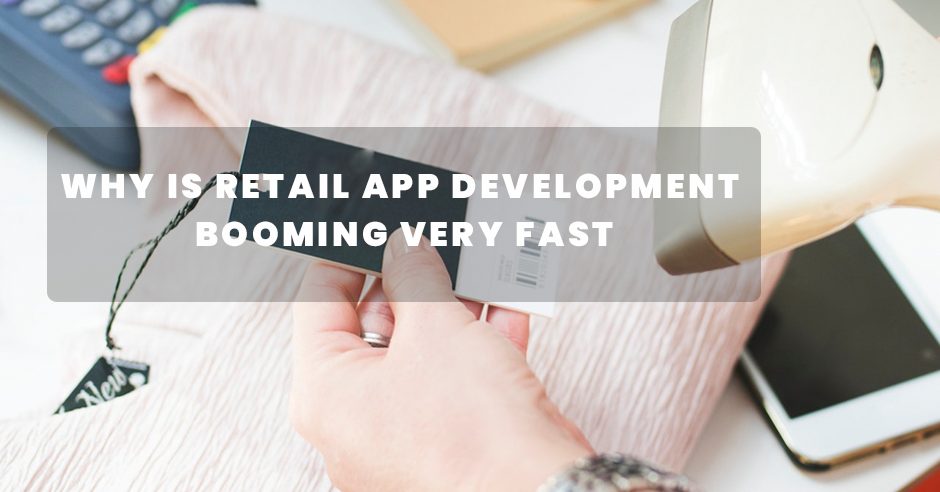With a rapid surge in the penetration of mobile devices in recent times, having a retail mobile application is indispensable for any retailer. Customer behaviour is fast changing and the retailer must keep pace with them to stay in the trend. It is also quite evident from the surveys that retailers owning mobile apps are selling more than the stores that are devoid of it. So, the retail app development forms the heart of the retail business.
In the current scenario, retailers must stay in a long-term partnership with the mobile app development companies to survive in the competition. Taking the assistance of the best mobile app development company, a retailer can provide the customer with a personal and fun shopping experience. That is the reason, why established players in the retail market own a mobile app. Take, for instance, Walmart, Future retail, Reliance fresh who have their mobile apps.
Mobile App vs Website
Although the website appears to be nice, the mobile apps are deemed to yield profitable results to the retailers. With a spike in the use of a number of mobile users, it is no surprise that smartphones are the go-to for online purchases. There has been a visible spike in the online purchase made through smartphone and the numbers are only set to swell further.
It is not just a hypothesis, but are mere facts! The users spend more time browsing on the apps compared to the websites. The conversion rate is 120% higher in mobile apps compared to websites. Also, in mobile apps, the ratio of add to cart is 90% higher than the websites.
Ideal Features to Include in a Retail App
1) Good UX
Simple is the new success mantra! The app developers must ensure the UX is not crappy: it should be smooth and enable the user to find what he needs in a short period. No one wishes to return a mobile app that is not user-friendly. There is very less time that the user gives attention to a product and hence a good UI grabs the eyeballs of the user in the stipulated time.
2) Products with Description
The retail app must feature all the products accompanied by the descriptions. It would help users make an informed decision about the purchases. Apart, the products must include images from different viewpoints to give the customer the appropriate idea about the product. If possible couple the description of the product with a video, demonstrating the benefits of the product.
3) Customized Search
During an app development, a app developer must take proper care to include a customized search option. The app should include various filter options to narrow down the user’s search. Some options like specific category, price range, average customer reviews, newest arrivals minimise the time a customer searches on the retail app to locate his product.
4) Personalised Experience
Delivering personalised experience to the customers goes a long way in customer conversion and retention.Serving up tailor-made offers based on the user’s style preferences and browsing/purchase history makes them feel extra special. If the customer is fully satisfied on his first visit, then there is a higher chance of the customer returning to the retail app.
5) Notifications
A retail app has to notify the real-time status of the order and payment continually. A lag-free notification helps gain customer loyalty and trust. Also, the app should inform the users regarding any offers or discounts of their searched products. Further, the app needs to notify the users in cases of price reduction.
6) Optimise App for Intuitive and Easy Navigation
In mobile, scrolling is favoured over clicking; hence the app should be optimised to minimise clicks and entries without limiting the functionality. The intuitive navigation and ease of usability are the factors that decide the in-app mobile experience. Users tend to delete the app which they do not use or find it difficult to use. The process should be entirely intuitive and clear options like where to click and what to click to make a selection.
7) Hassle Free Checkout
The retail app should include the autofill options to make it easier for the users during checkout. Some of the autofill options such as city, state, zip code reduce the stress of manual input and makes for a seamless checkout. The app should also offer the users with the feature to save payment method or shipping address. So, the next time when the user wants to order a new product, he can order it in a matter of seconds. Further, ensure to optimise the fields and buttons for easy selection using thumbs and fingers.
8) Multiple Payment Options
The user should be offered multiple payment options during checkout. The users are always on the look for better discounts and tend to choose a payment option offering the maximum discount. So, the retail app must possess all the payment options such as Wallet payments, UPI, Net banking, credit and debit card. Any hiccup in the checkout process is likely to be the difference between a successful transaction and a missed opportunity. The checkout process should be quick, smooth and error free.
